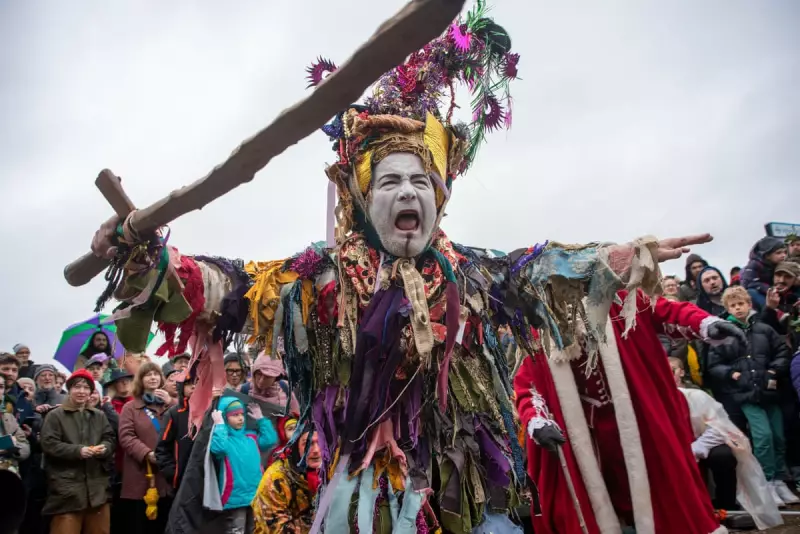
As another festive season approaches, many Britons are looking beyond the usual commercial frenzy and seeking to reconnect with Christmas traditions that have faded from memory. A growing movement is championing the revival of charming vintage customs that once defined the British holiday experience.
The Lost Art of Victorian Christmas Celebrations
According to historians and cultural experts, numerous delightful traditions from the Victorian and Edwardian eras have largely disappeared from modern celebrations. Dr. Fiona Patterson, a social historian at the University of York, explains that many of these customs created more meaningful family connections than today's often screen-dominated festivities.
One tradition gaining renewed interest is the creation of edible Christmas tree decorations. Before the era of plastic baubles, families would decorate their trees with gingerbread men, sugarplums, and other sweet treats that children could eat on Twelfth Night. This practice not only reduced waste but added an element of anticipation throughout the Christmas period.
Another vanishing tradition is parlour games and theatricals, which provided entertainment long before television specials dominated Christmas Day. Families would gather for charades, blind man's buff, and amateur performances that encouraged creativity and interaction across generations.
Practical Traditions for Modern Celebrations
Many of these historical customs offer practical benefits that align with contemporary concerns about sustainability and mental wellbeing. The tradition of "wassailing" – visiting neighbours with warm spiced drinks and good wishes – fosters community spirit in an era where many feel increasingly disconnected from those living nearby.
Making homemade decorations from natural materials represents another tradition worth reviving. Creating chains from coloured paper, stringing cranberries and popcorn, and crafting ornaments from holly and ivy not only reduces plastic waste but provides enjoyable activities for families to share during the dark December evenings.
Food historian James Worthington notes that traditional British Christmas desserts beyond Christmas pudding are also experiencing renewed interest. "Mince pies originally contained actual meat alongside fruit and spices," he explains, "while frumenty – a wheat-based dish served with venison – was a medieval Christmas staple that could be adapted for modern palates."
Why These Traditions Matter Today
Psychologists suggest that reviving these older customs can enhance our emotional connection to the festive season. Dr. Anya Sharma, who studies holiday wellbeing, comments that engaging in hands-on traditions provides a counterbalance to the commercial pressures that often dominate December.
"The act of making something together, whether it's decorations, food, or entertainment, creates lasting memories and strengthens family bonds in ways that purchased experiences cannot match," Dr. Sharma observes.
Community historians across the UK report growing attendance at workshops teaching skills like wreath-making, carol singing, and traditional cooking methods. This suggests a genuine public appetite for reconnecting with Christmas traditions that emphasise craftsmanship, community, and sustainability over consumption.
As we approach the 2025 festive season, it appears that many British households are ready to blend the best of modern Christmas with the most meaningful customs from our past, creating celebrations that feel both fresh and deeply rooted in tradition.





